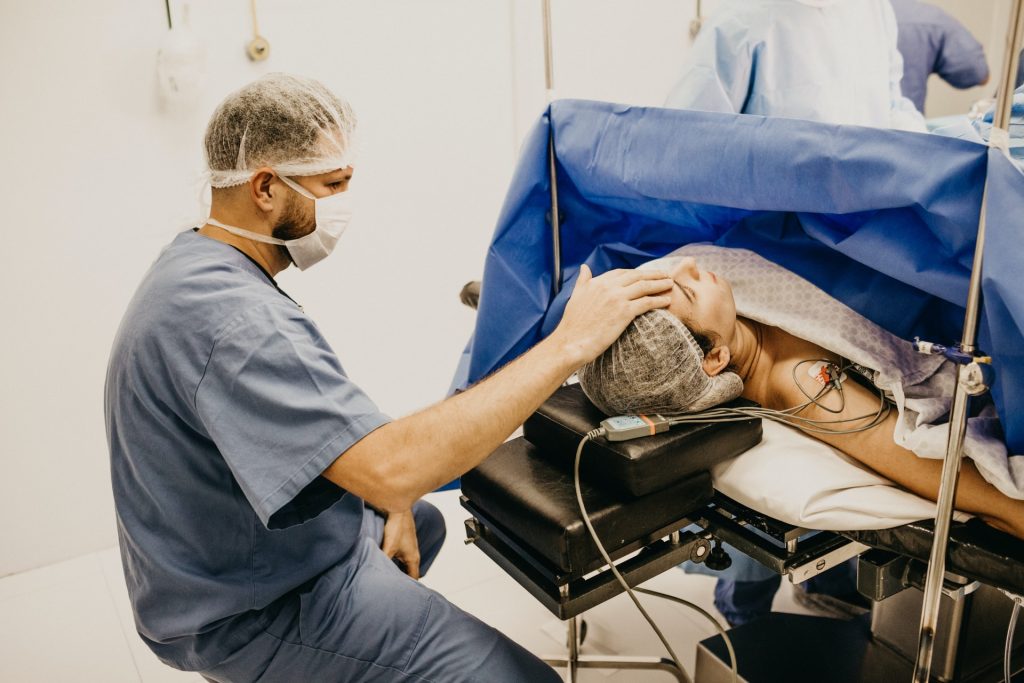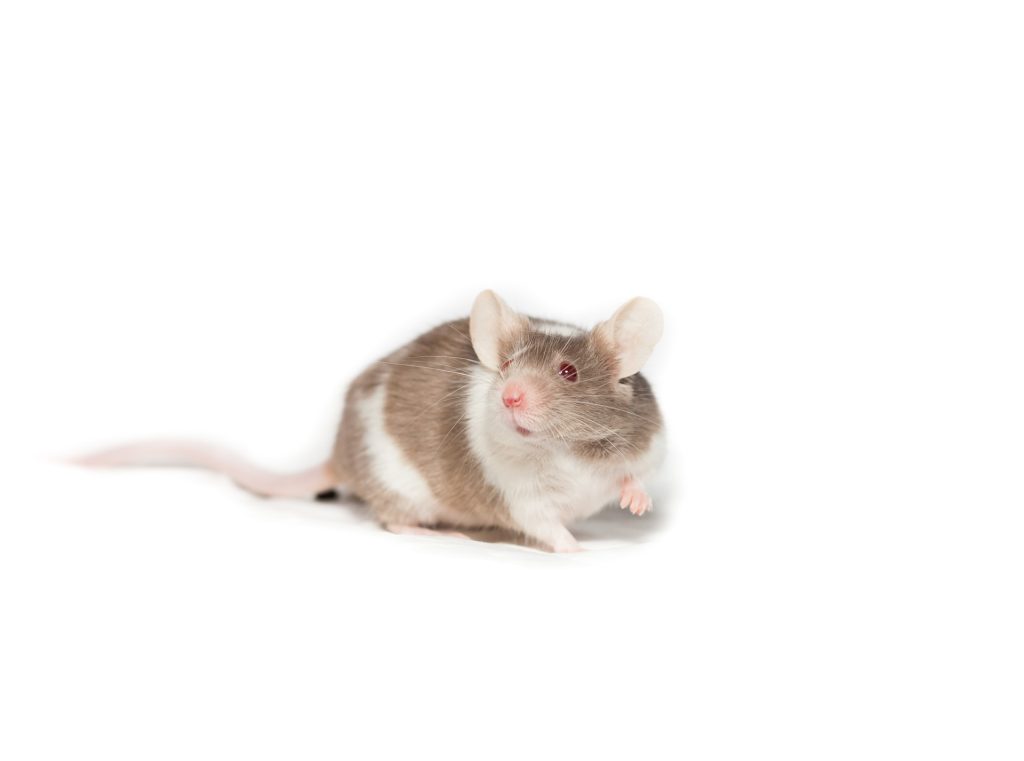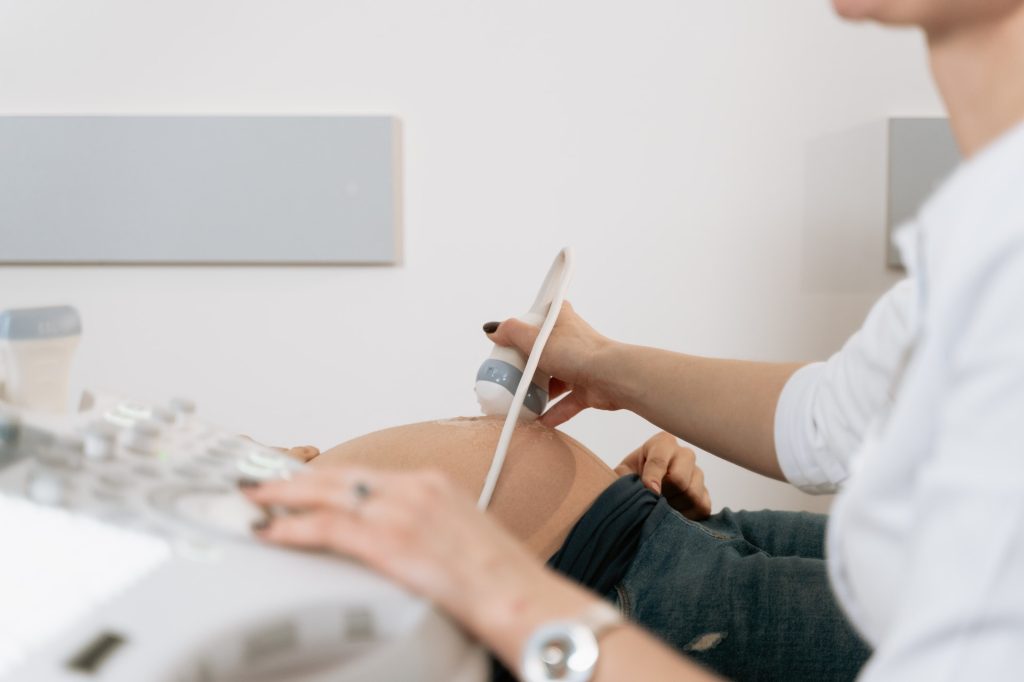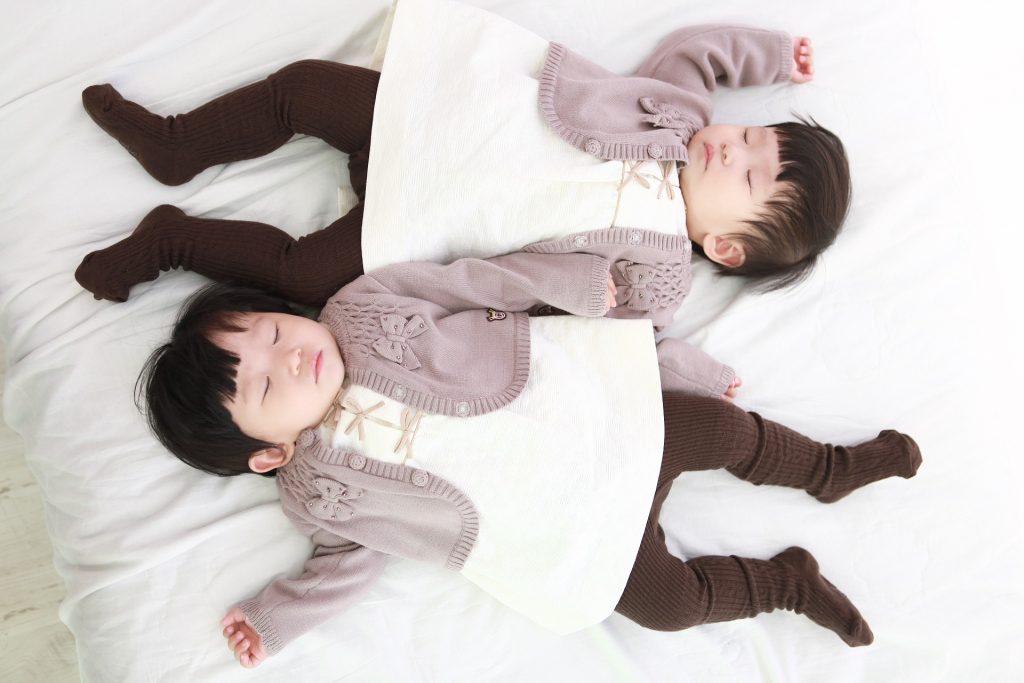Possible Cancer Risk for Children Born from Frozen Embryos
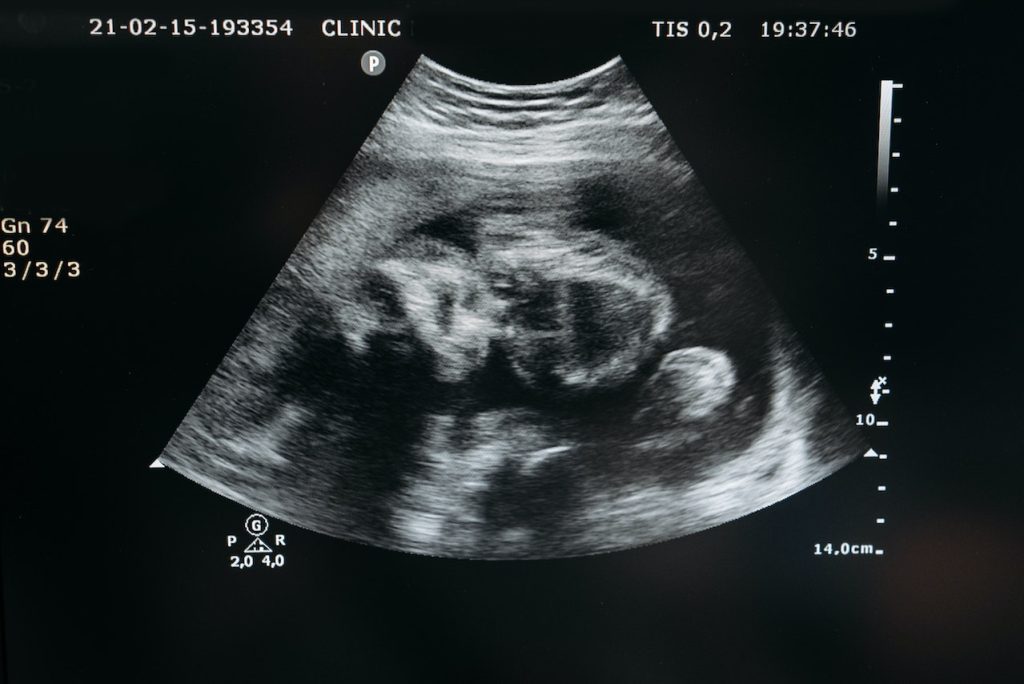
A new study suggests the possibility that children born after use of a fertility procedure known as frozen-thawed embryo transfer may have a slightly higher risk of cancer than children born through other means. The researchers presented their findings in PLOS Medicine.
In assisted reproductive technology (ART) a doctor may immediately transfer a fertilised embryo to the uterus, or, in a practice that is increasing worldwide, the embryo might be frozen and later thawed before implantation. Prior research suggests that children born after frozen-thawed transfer may have higher short-term risk of certain medical issues than children born after fresh embryo transfer. However, potential long-term medical risks have been less clear.
To better understand these risks, Nona Sargisian of the University of Gothenburg, Sweden, and colleagues analysed medical data from nearly 8 million children in Denmark, Finland, Norway, and Sweden. Of these, 171 744 were born after the use of ART, and of these, 22 630 were born after frozen-thawed transfer.
Analysis showed that children born after frozen-thawed embryo transfer were at higher risk of cancer than children born after fresh embryo transfer and those without ART. When analysed as a single group (ie, those born after frozen-thawed transfer and fresh embryo transfer), however, the use of any type of ART did not have an increased risk of cancer. The most common types of cancer seen in this study were leukaemia and tumours of the central nervous system.
The researchers stress caution in interpreting the results due to the low number of cancer cases (48) in children born from frozen-thawed embryo transfer.
Nonetheless, the findings may raise concerns about frozen-thawed embryo transfer. Future research will be needed to confirm a possible link between the procedure and increased risk of cancer, as well as any biological mechanisms that may underlie such risk.
Coauthor Ulla-Britt Wennerholm added, “A higher risk of cancer in children born after frozen-thawed embryo transfer in assisted reproduction, a large study from the Nordic countries found. The individual risk was low, while at a population level it may have an impact due to the huge increase in frozen cycles after assisted reproduction. No increase in cancer was found among children born after assisted reproduction techniques overall.”
Source: EurekAlert!


